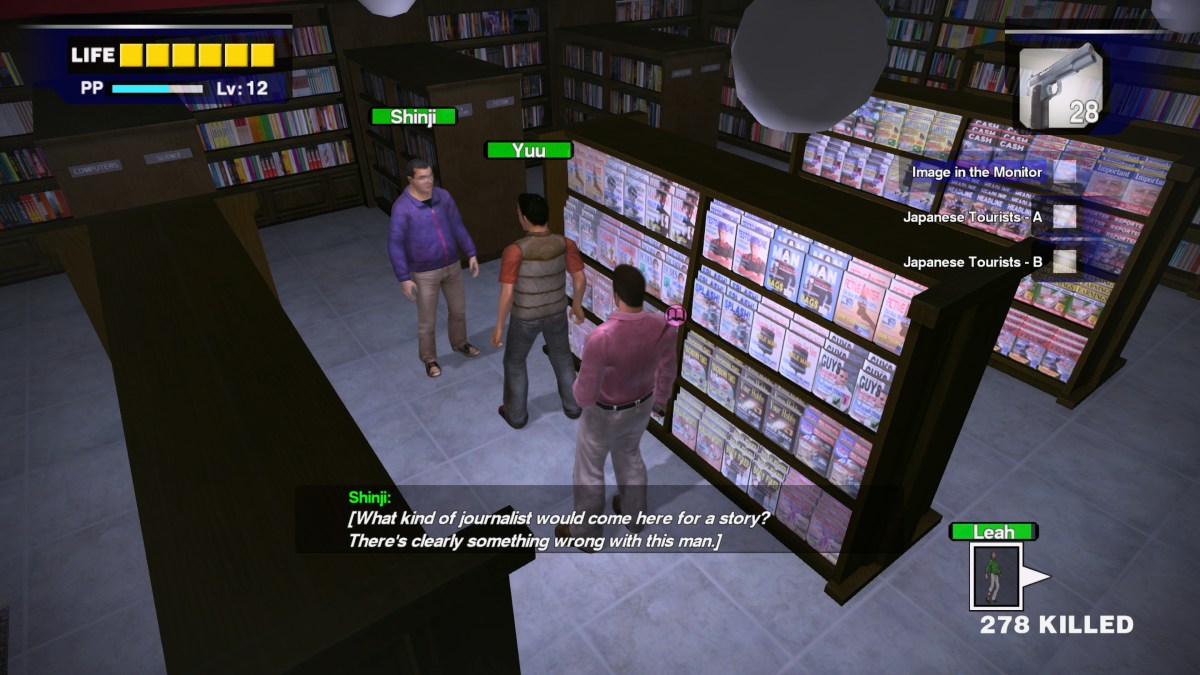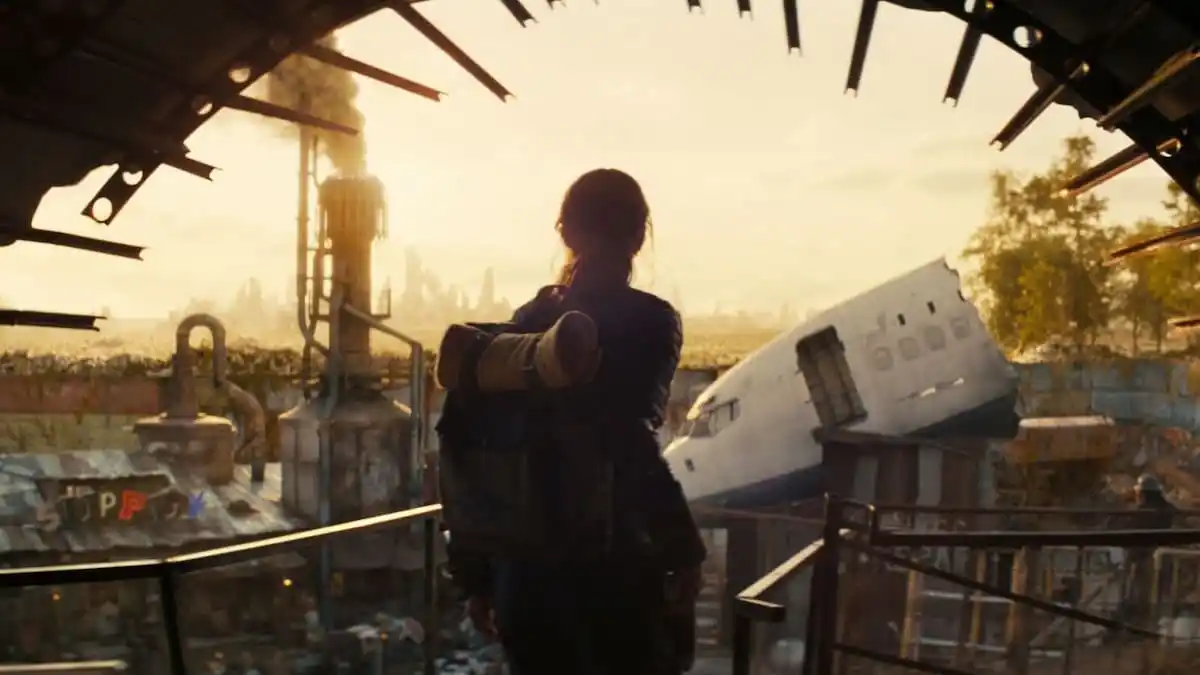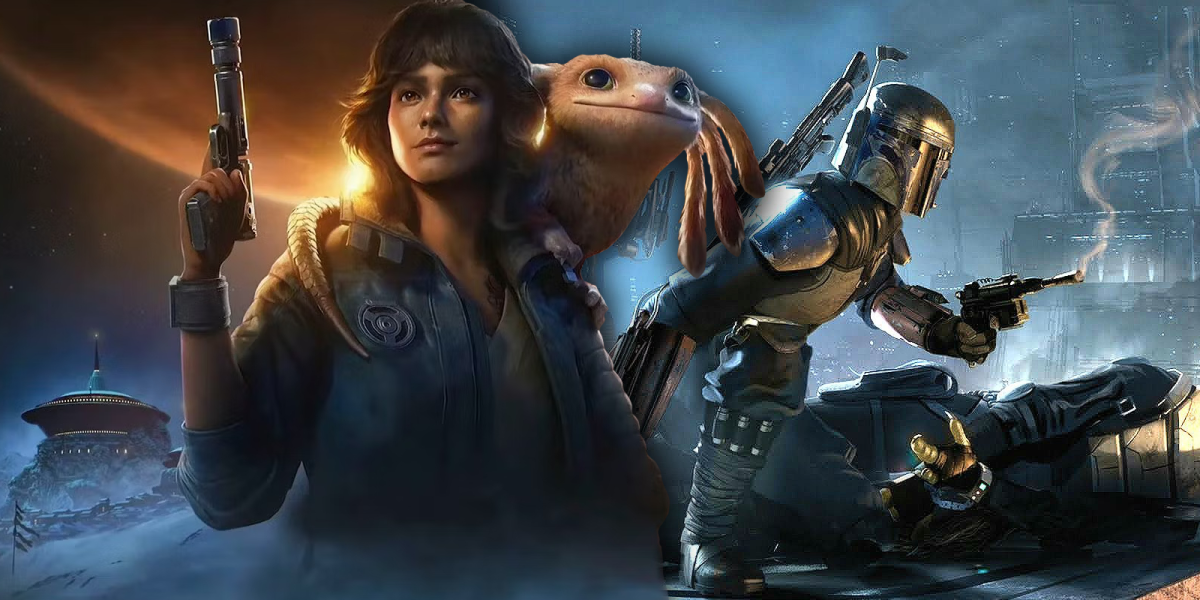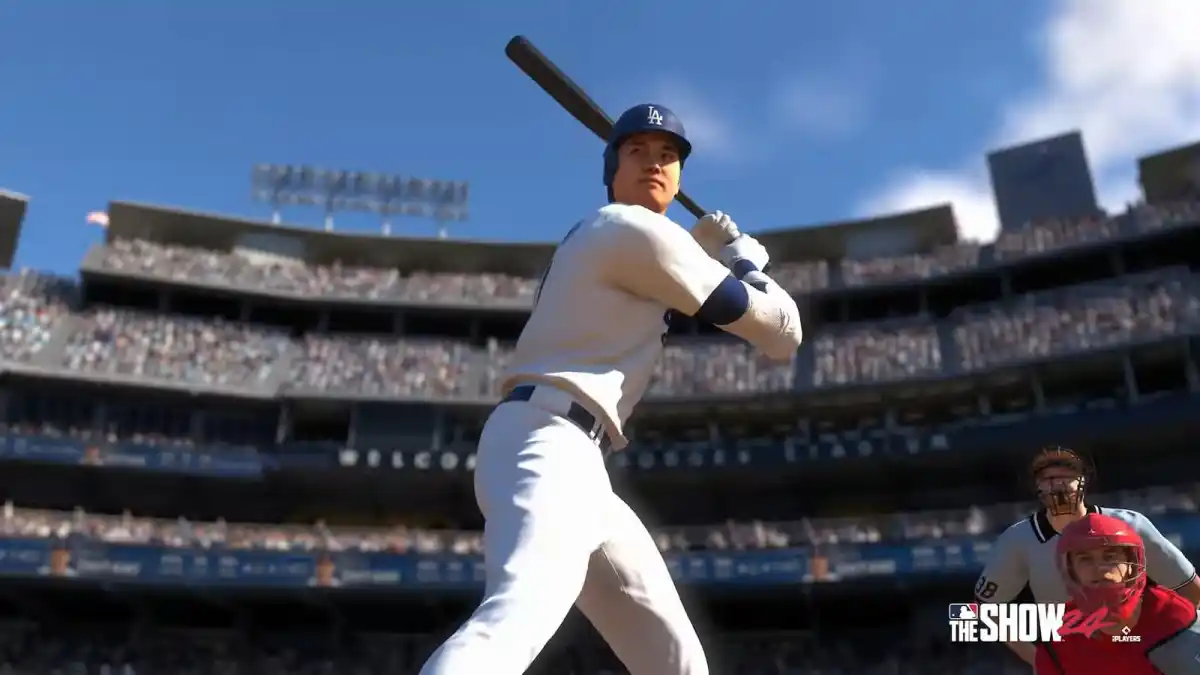Dead Rising is best known for being ridiculous, but the first game in the series has a particular edge that none of its follow-ups tried to match. That makes the original Dead Rising worth a revisit and potentially a remake.
I’m bringing this up because Capcom is currently celebrating its 40th anniversary. As part of that event, Capcom announced what it calls Super Elections: a brief questionnaire for fans about what moves they’d like to see Capcom make next. This includes a question about revisiting several defunct franchises, such as DarkStalkers, Dino Crisis, Power Stone, and of course, Dead Rising.
This isn’t anything new. Most of the older Japanese studios, such as Sega, run similar questionnaires every once in a while. In practice, it isn’t much more than grist for the rumor mill.
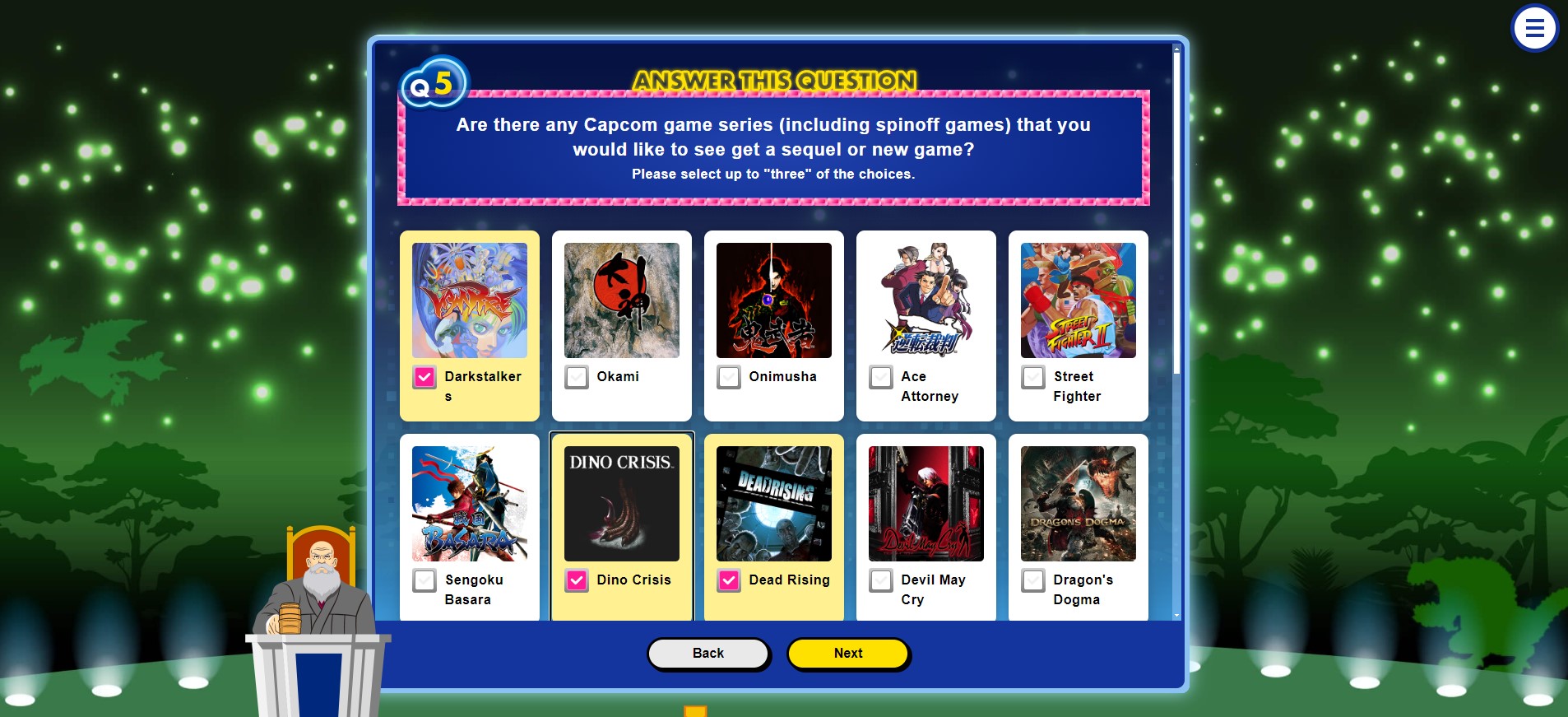
In this instance, though, it got me thinking about the peculiar history of Dead Rising. By now, most fans of the series remember it as a farce, where you put on goofy outfits and pummel undead with whatever you can get your hands on. The early games can be difficult if you try to follow their main missions, but you can also ignore them in favor of full-contact zombie wrestling.
I recently went back to play the 2016 remaster of the original 2006 game, and one of the things that jumped out at me was how serious it is when you compare it to its sequels.
The first Dead Rising was made by Capcom Production Studio 1 with a lot of developers, such as Yoshinori Kawano and Keiji Inafune, who’d previously worked on the Mega Man series. They made Dead Rising a serious horror/conspiracy thriller where you race against time to figure out the secret behind a sudden zombie outbreak.
It can be funny but almost never deliberately. Instead, all the potential for absurdity is put in the player’s hands. Dead Rising isn’t meant to be a comedy – until and unless you show up for a major character’s tragic death scene in a Servbot mask or you neutralize a zombie by slamming a traffic cone onto its head. Unless you screw around with it, Dead Rising plays its hand straight as a horror game.
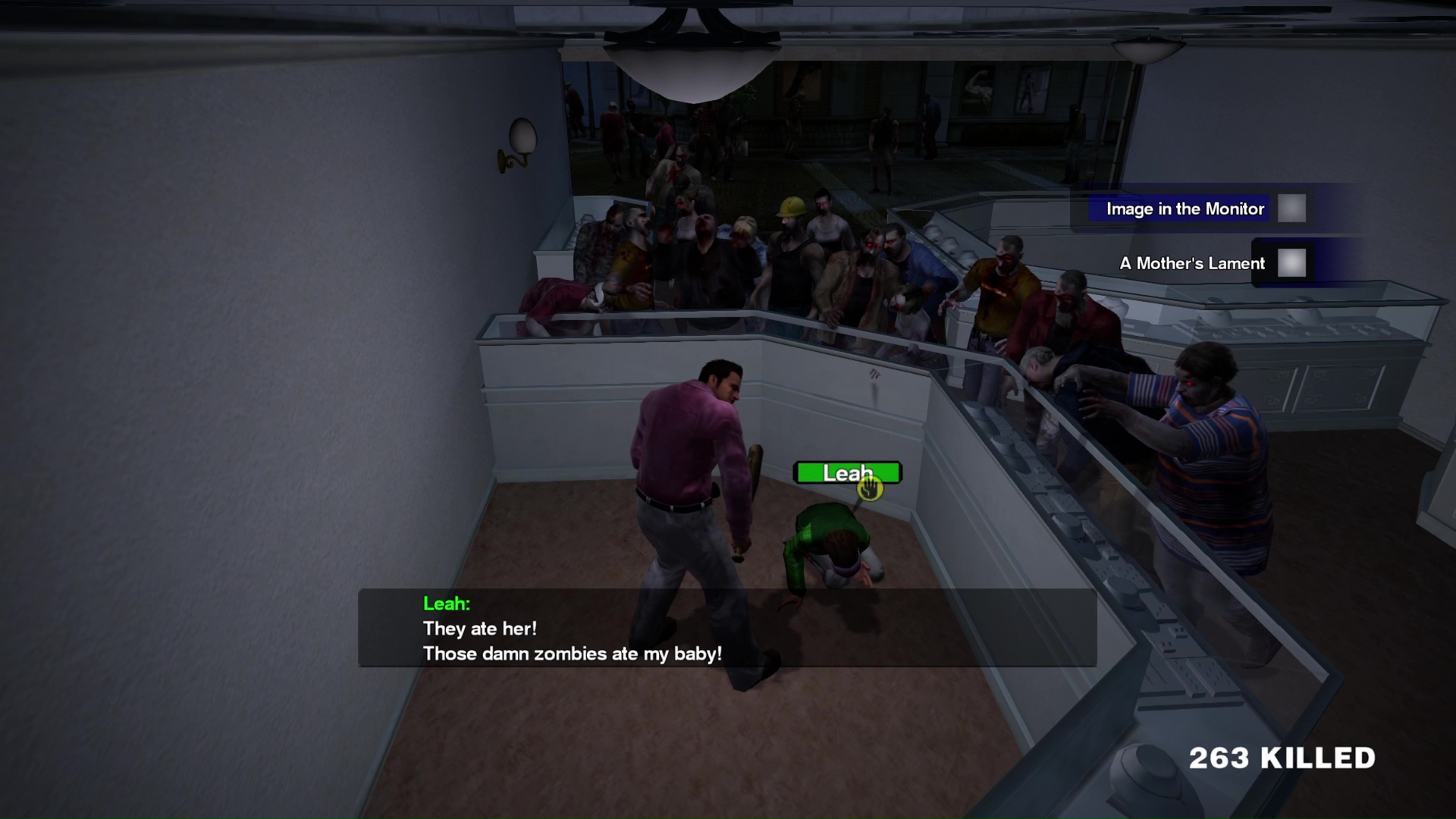
Capcom subsequently farmed out the sequel, 2010’s Dead Rising 2, to a Canadian studio that was then known as Blue Castle Games. After DR2’s success, Capcom bought Blue Castle and rebranded it as Capcom Vancouver. It was the primary developer of the Dead Rising series until its closure in 2018.
When Capcom Vancouver took over production of the series, it dialed up the inherent silliness of Dead Rising’s premise. Dead Rising 2 (2010) saves most of its dumbest moments for its side content, particularly when you’re rescuing survivors, while Dead Rising 3 (2013) lowered the series’ trademark challenge in favor of landing easy jokes at the expense of Los Angeles celebrity culture. The trend hit its nadir with 2016’s Dead Rising 4, which stripped out most of DR’s trademark mechanics (and retconned a weirdly large amount of the story) in order to create a goofy shitpost of a game.
Related: Every Mega Man X Game, Ranked From Worst to Best
Realistically, this wasn’t a bad move by Capcom Vancouver. DR3 and DR2 are the two best-selling games in the series, according to Capcom. For all the grim stories of zombie survival in the 2010s, sometimes you just want to hit some undead with a chainsaw on a stick, and that was what Dead Rising was prepared to give you. There’s a point in any ongoing series where it can become too dumb for its own good, however, and DR4 raced right over that point without slowing down.
Later, in the process of going full-tilt stupid, the series gave up multiple opportunities to pursue some more pointed satire. Like George Romero’s Dawn of the Dead, which some print runs of Dead Rising are careful to assure the player it has nothing to do with, there’s a broad streak of consumerist satire at the heart of the first game. None of its sequels did much with that. A remake, reboot, or just a revisitation of the series would be a great opportunity to dip back into that long-dormant aspect of Dead Rising.
The surface-level reading of the first game is obvious: the largest shopping mall in the United States has become infested by flesh-hungry zombies. It’s a literal interpretation of conspicuous consumption, and on that level, it’s barely worth mentioning.
If you complete DR’s main missions, its story gets progressively more interesting. You eventually learn that the zombie outbreak was the result of a U.S.-backed experiment into using a species of wasp to help accelerate growth in cattle. The process turned them into zombies instead, and the same infection was transmissible to humans, which led to an outbreak and subsequent massacre in Central America. One of the survivors of that massacre released the wasps in the mall as stage one of a revenge plot against the United States.
In other words, as one of Dead Rising’s antagonists will tell you, this all happened because Americans would do anything to avoid having to eat less beef. We’d rather lose Colorado to a full-scale zombie outbreak than go vegetarian for a week.
It’s a stark, deliberate commentary on American consumerism, and it’s the only part of the first Dead Rising that’s aged well. If anything, we’re more aware in 2024 that our lifestyles aren’t just killing us but, in a lot of ways, have been weaponized against us. There’s a lot in Dead Rising’s particular sort of zombie apocalypse, built on greed, perpetuated by class war, and seen through Frank West’s desperate attempt to become a celebrity, that could hold a mirror up to our current culture. It also doesn’t preclude the option to throw on a mankini and drive over a thousand zombies in a steamroller.
This would require some clever writing and an actual commitment to the bit, so it’s not a sure thing, but Dead Rising’s anti-consumerist streak has as much or more impact now as it did back in 2006. A remake or reboot that emphasized that, without drifting into dopey meme-game territory like DR4, could be an excellent fresh start for the series.

